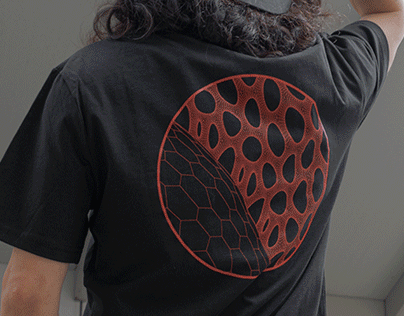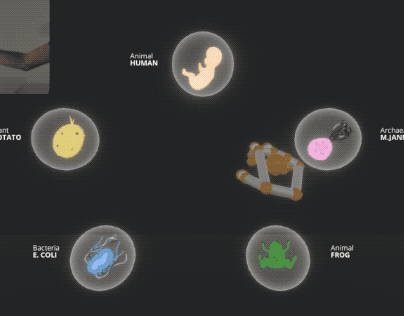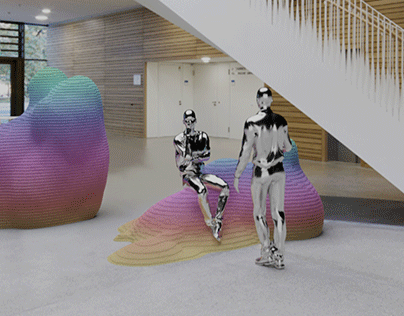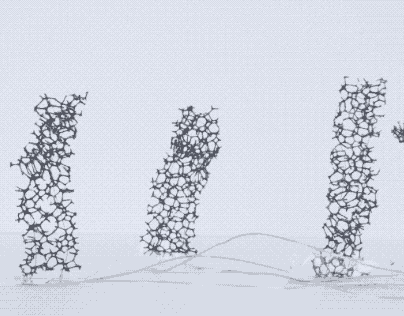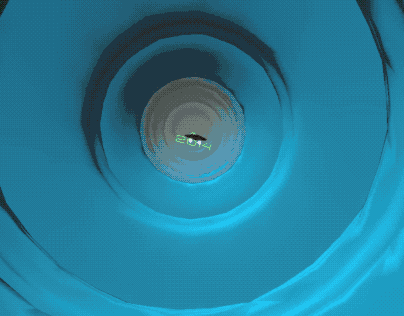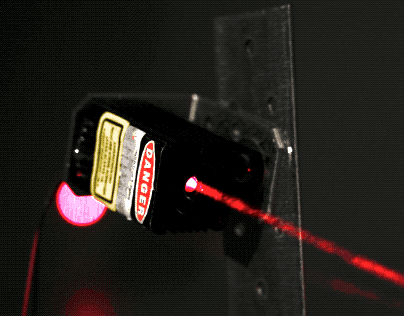"Through this work, I could elucidate that humans and biological intelligence will relate on an emphatic level. We will have to establish new forms of relationships and interactions with mechanical species of biological origin, generating other appreciation towards them. Simultaneously, these technologies will make it possible to get a little closer to organisms generally ignored but form an essential part of our ecosystem. By approaching these emulations, we do not move away from the organic world; instead, the contact with them leads us to a more comprehensive understanding of our environment."




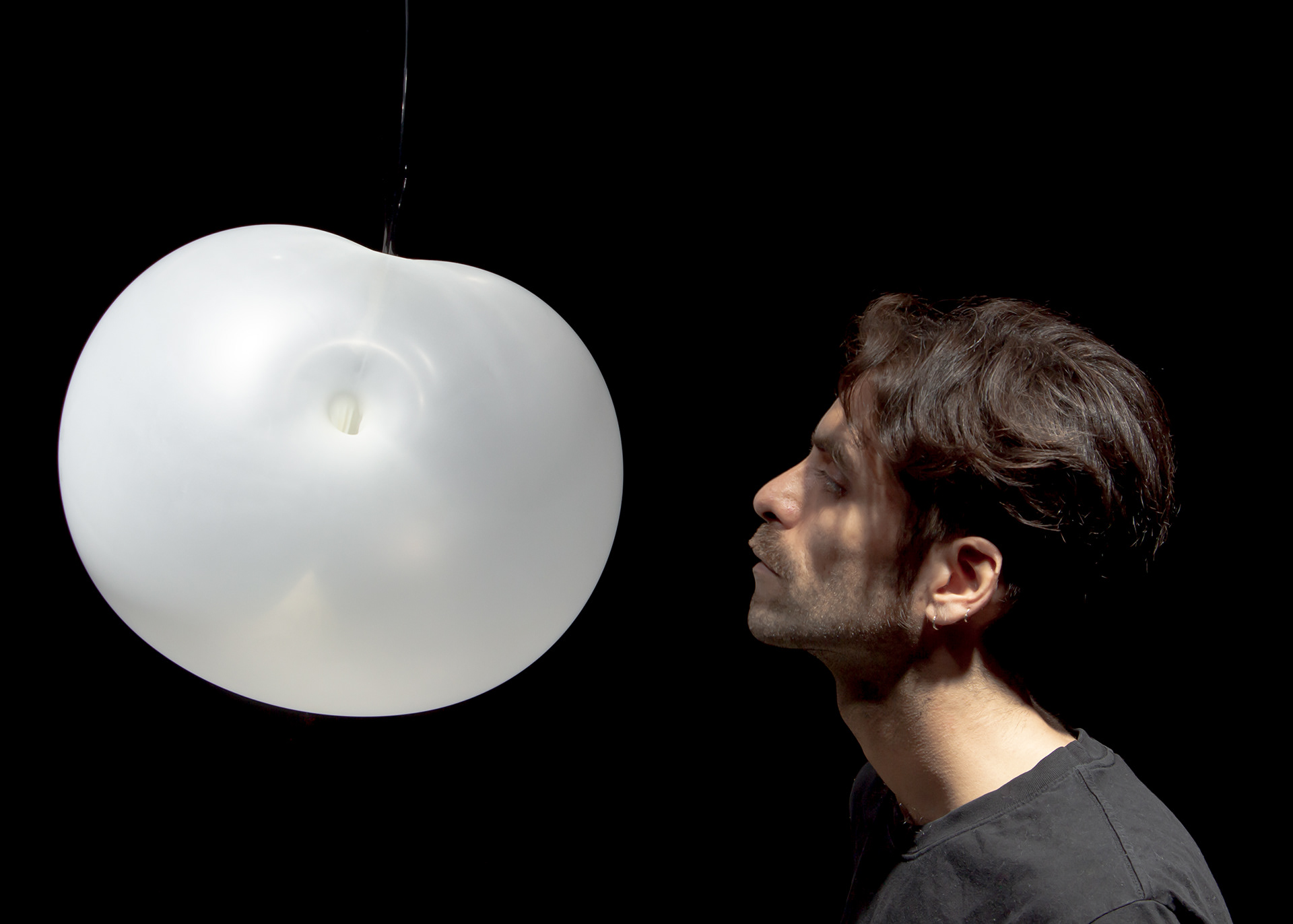
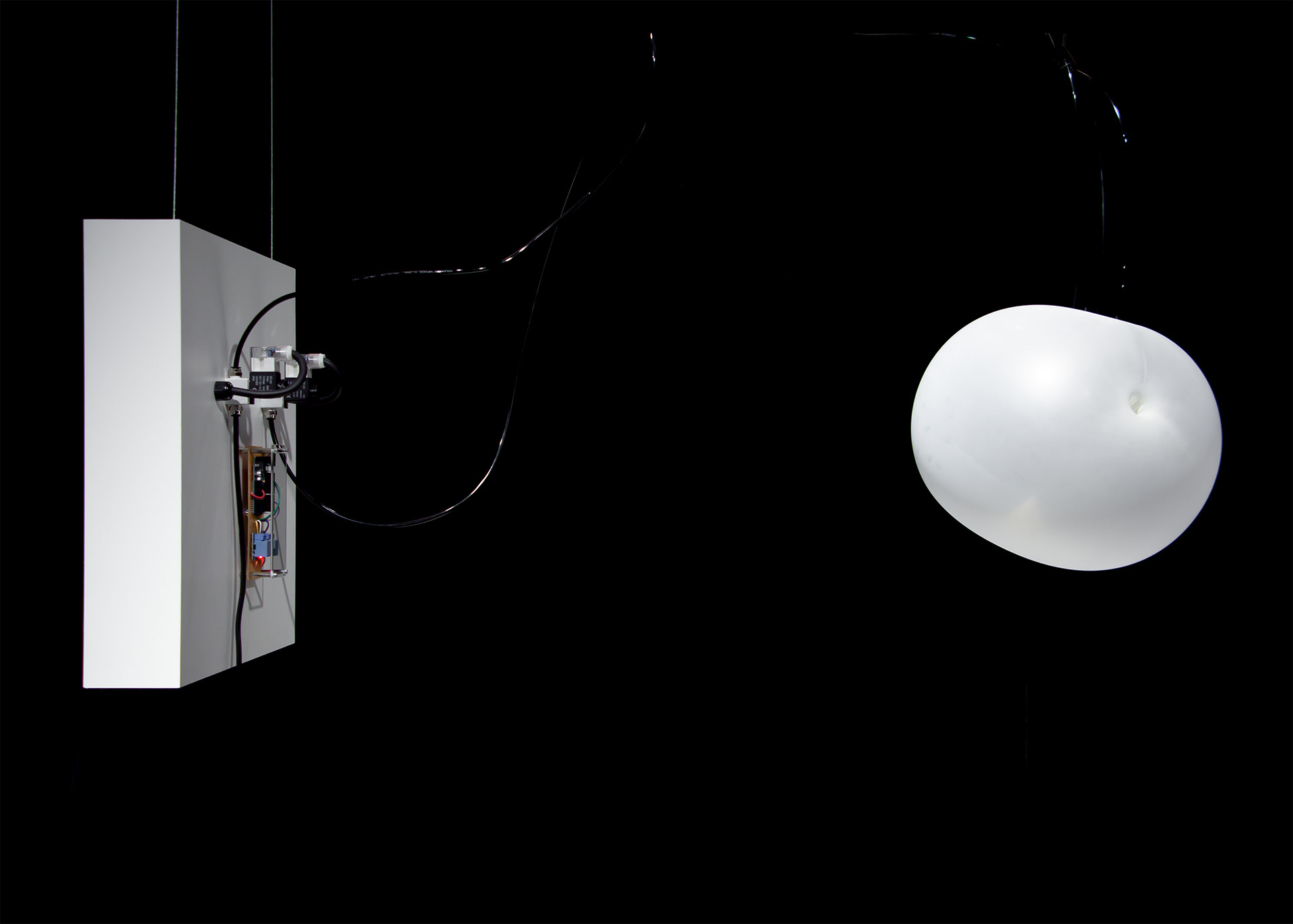
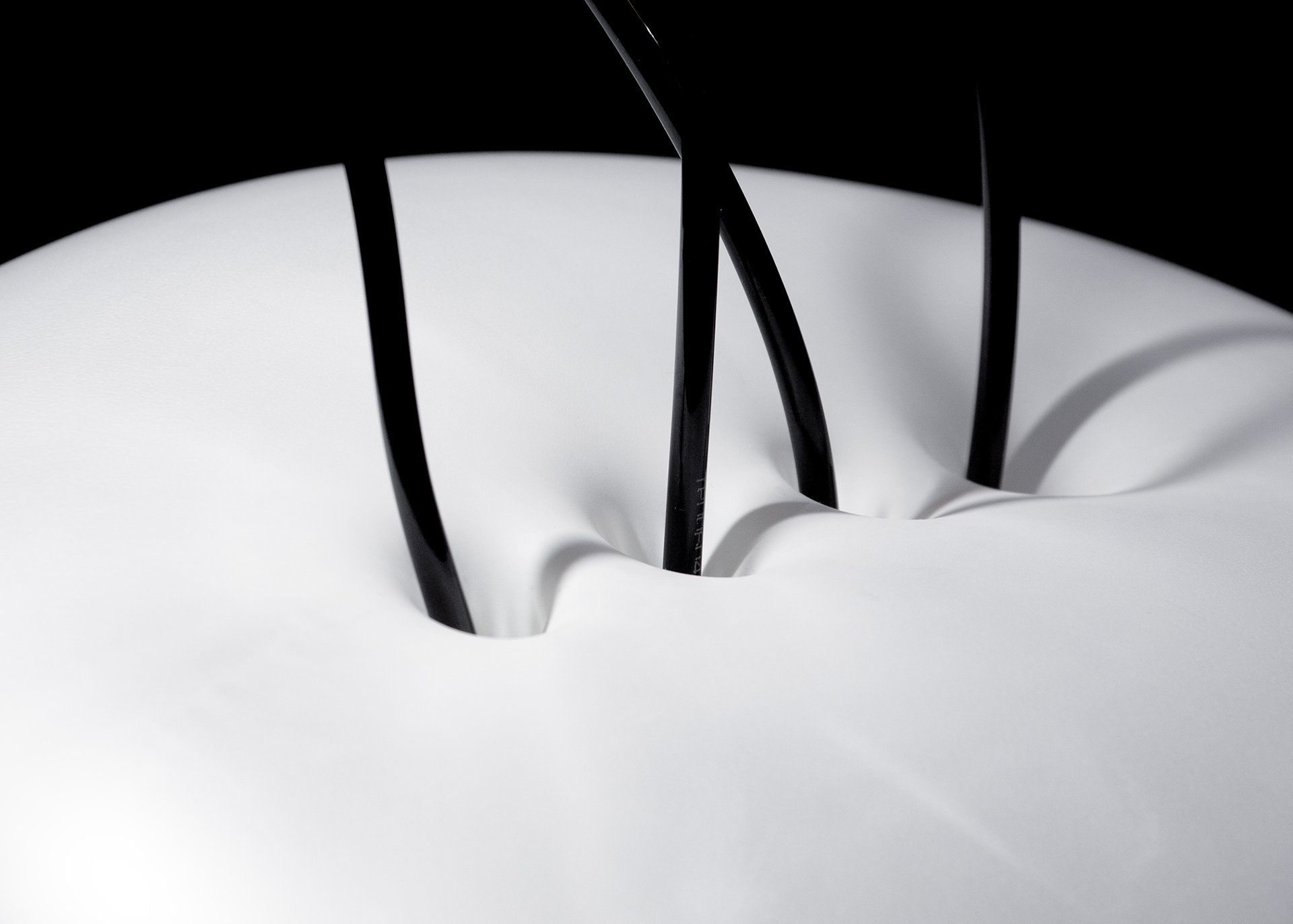
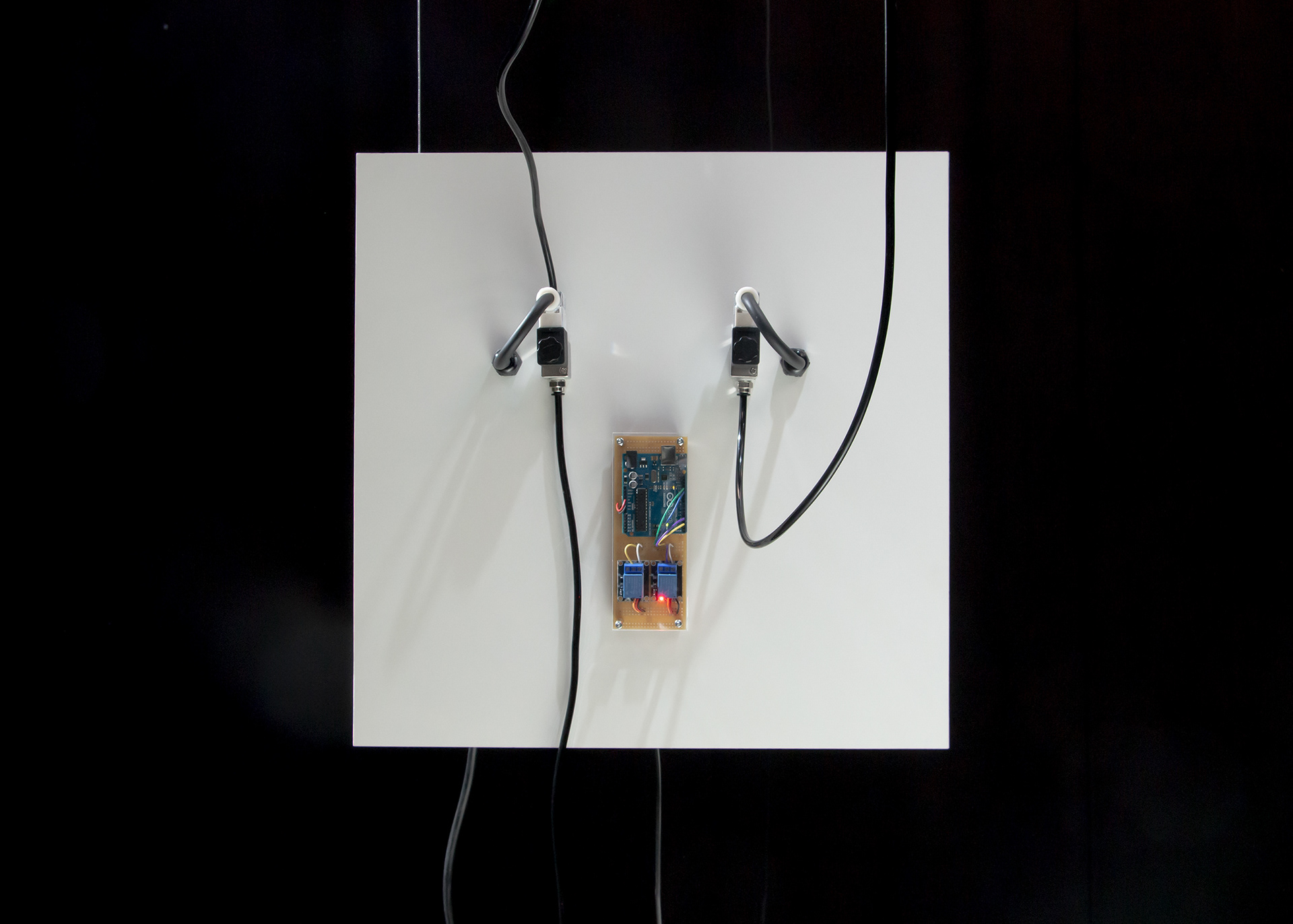
"The device creates curiosity in the spectator, and at the same time, a certain degree of distrust. There is a particular interest in seeing how the shape inflates and the form that it acquires; however, there is a level of fear or respect for an object that makes loud noises, shoots air violently, and potentially explodes in our face. Thus new bonds are built, and new levels of relationship are generated between species, in which the human must learn to trust this emulated organism through a gradual approach by allowing him- or herself to appreciate its final form"
Diagram of inflated latex hand glove – Inner structure. A, air hose; B, air valve attached with insulation tape; C, nylon thread stretching to the base; D: pressure regulation valve; E, tension disc; F, airflow inwards; G, airflow outwards.
Solenoid air valves diagram – Airflow control. A, air inlet for inflating the shape; B, inlet for deflating the shape; C, solenoid air valve; D, signals for controlling solenoids from microcontroller; E, air incoming from air compressor.
Final configuration diagram. A, inflatable shape; B, solenoid air valves; C, microcontroller; D, air compressor; E, ultrasonic sensor; F, ultrasonic sensor range.



